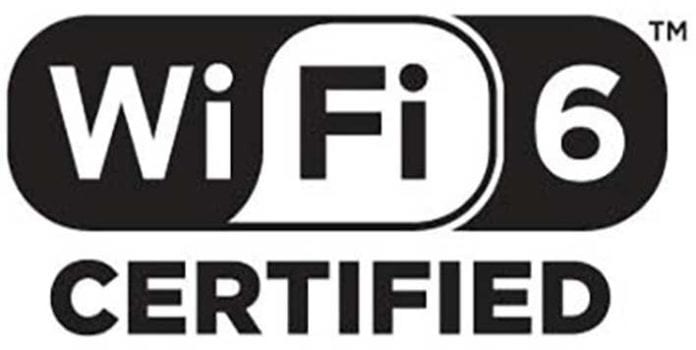Qualcomm: every single premium tier flagship phone in the world will have Wi-Fi 6 capability this year
At CES, VP and GM of Qualcomm’s Mobile & Compute Connectivity Business Unit Dino Bekis spoke with RCR Wireless News about the company’s FastConnect 6800 Mobile Connectivity Subsystem, an advanced 14nm 2×2 Mobile Connectivity SoC with Wi-Fi 6 and Bluetooth, as well what to expect from Wi-Fi 6 in the new year.
The latest iteration of the FastConnect Subsystem, the 6800 version, which the company demoed at its Wi-Fi 6 day in August, is designed to deliver faster, more secure and more robust Wi-Fi experiences and enable new Bluetooth audio capabilities, including LE Audio, a critical update to Bluetooth technology announced at this year’s CES.
Bekis explained that FastConnect Subsystem was the branding that Qualcomm came up with to support the concept of the collection of connectivity technologies.
“This whole spectrum of unlicensed connectivity—Bluetooth, Wi-Fi, ultra-wide band—all these things are wireless communication technologies in the unlicensed spectrum,” he stated. “And we wanted to have a way to effectively and clearly communicate that there are many different technologies that makes up the subsystem, and many different ways to communicate wirelessly.”
He added that while those technologies may change over time as specifications evolve or new generations are introduced, the you’re still always talking about the same collection of technologies.
FastConnect 6800 “takes it up a notch,” said Bekis. The newest version supports super-wide band capability, 802.11ay, which goes up to 10 gigabits per second, and it also supports sensing capabilities, allowing the use of 60 GHz spectrum to sense things like facial features and hand motions. It also supports the latest addition to Bluetooth, the LE audio.
Another crucial feature of the 6800 is full Wi-Fi 6 certifiable capability, which is particularly important because, according to Bekis, everybody—carriers, retailer and enterprise—is adopting the latest generation of Wi-Fi much quicker than prior generations.
He explained that in the past, the earliest adopters of the newest version of Wi-Fi have been those in the retail space, because they want to get their hands on the latest innovation in to order to reach consumers.
Enterprises would follow suit, and then finally, the carriers.
“What’s interesting about Wi-Fi 6, though,” Bekis contined, “is that it’s turned that whole paradigm on its head.”
While previous generations of Wi-Fi focused just on faster throughout, Wi-Fi 6 offers so much more.
“The benefit that Wi-Fi 6 brings to the table is the introduction of OFDMA, which is really a cellular technology, and that is what the drives better capacity,” he said.
In the enterprise space, it addresses the challenge of density particularly well. Or anywhere where there is high capacity. “Wi-Fi 6 only enables better uplink throughput, but it also allows better downlink throughputs because it’s balancing out the [data] load,” Bekis commented.
Between Wi-Fi 6’s ability to schedule data transfer, its improved throughput and ability to handle capacity, there has been, and will continue to be, aggressive Wi-Fi 6 adoption in the coming year.
Bekis said that for carriers, in particular, Wi-Fi 6 addresses one of the most common complaints they receive from customers. “One of the problems [carriers] have had to solve is people looking at wireless video,” he explained.
Because Wi-Fi 6 allows for the scheduling of data traffic, a carrier no longer has to deploy a dedicated access point meant only for video service with equivalent hardware in order to achieve the low latency and high capacity needed to for video streaming.
“They can commit to quality of service levels for different traffic much more effectively than they could have before,” he said. “Now they can treat Wi-Fi almost like a carrier service.”
Bekis expects every single premium-tier flagship smartphone worldwide to have Wi-Fi 6 capability this year.

